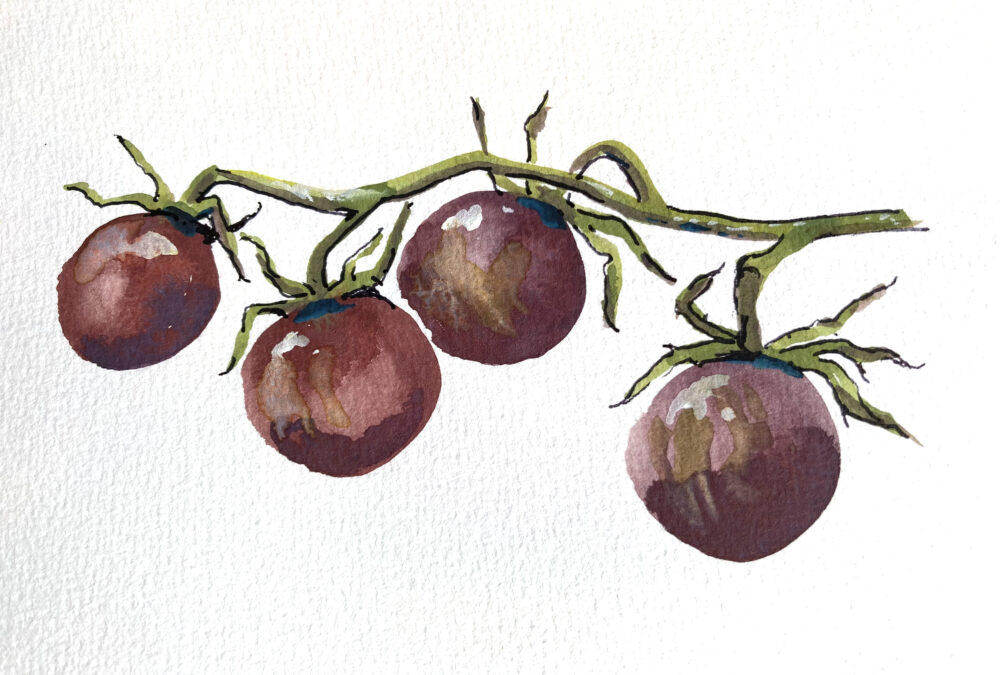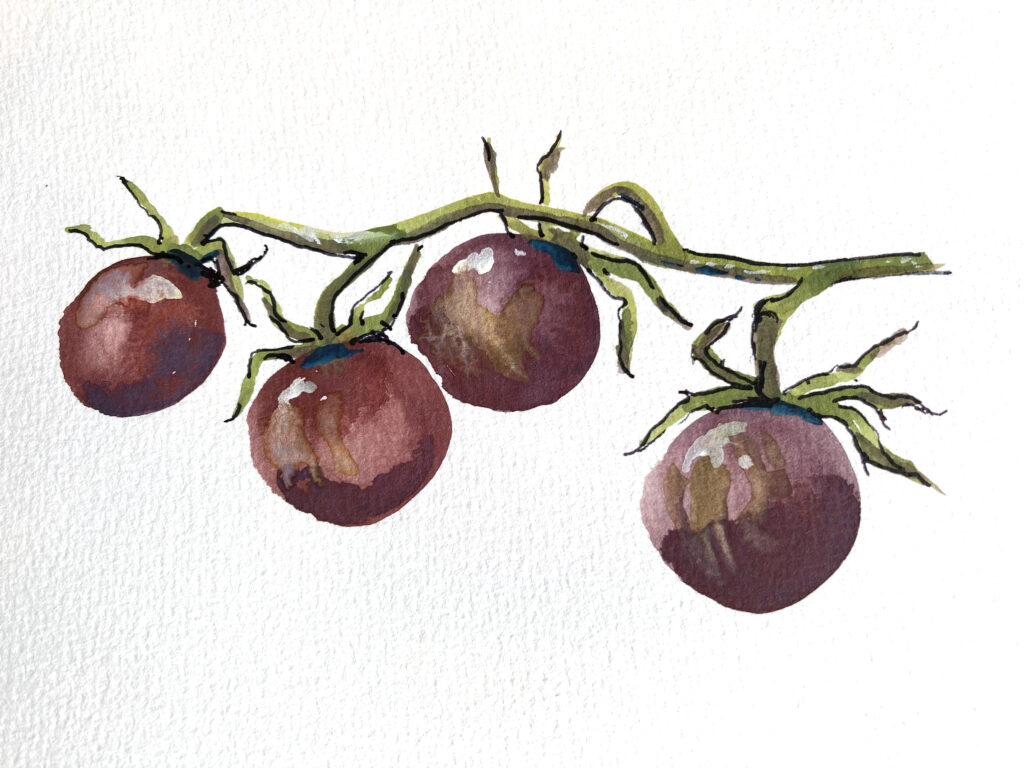
During the height of the Coronavirus quarantine, garden seeds were in short supply. Things are back to normal this year, and it’s tempting to run wild.
Master gardener Wendi Dunn suggests starting with tomatoes. “Heirloom tomatoes are great,” she told TNT. “They’re one of the easiest and most rewarding garden crops to grow.”
With more selection available this year, this is a great time to experiment with different sizes, colors and flavors. Tomatoes are easy to start from seed and will also grow from cuttings, but it’s convenient to buy seedlings—and it gives the gardener a head start.
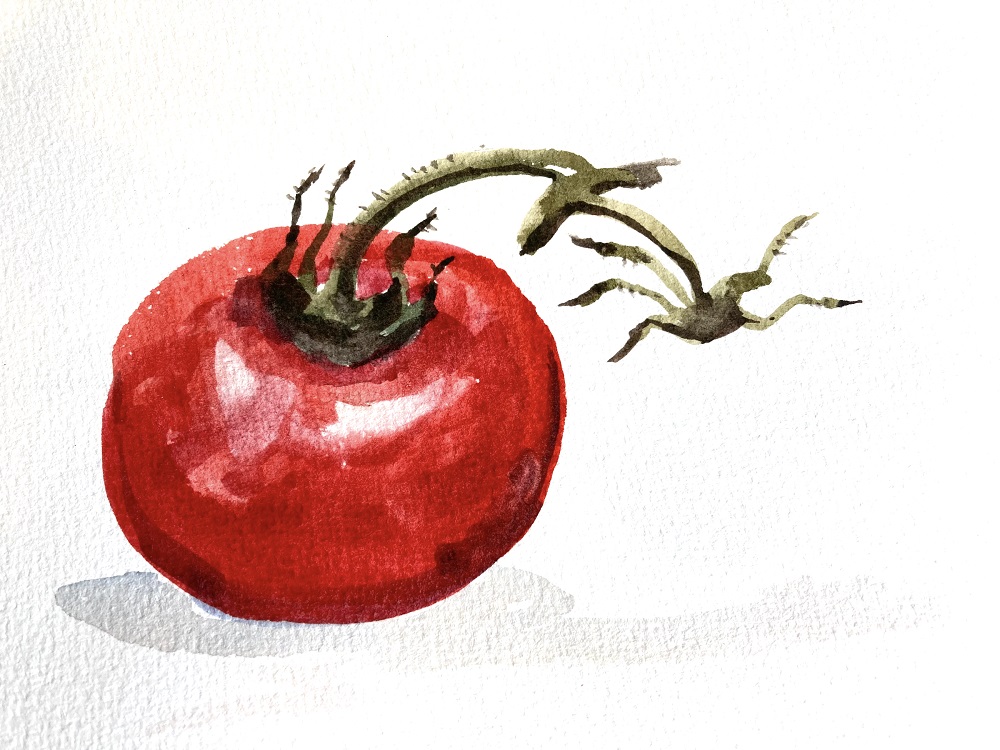
Fortunately for Angelenos, Tomatomania is returning to Tapia Brother’s in Encino again this year. This “Tomato Lollapalooza” created by Scott Daigre, owner of Powerplant Garden Design based in Ojai, offers more than 260 varieties of tomato seedlings, many of them rare and surprising. And when the Tomatomania crew can keep up with demand, the sale offers peppers and other vegetables, and a variety of herbs.
Tomatomania can be overwhelming, but there are a few tricks for deciding what to try. All tomatoes need a least six hours of sun a day to thrive, but at the coast where plants won’t get as much summer sun, short season varieties developed for colder climates are a good bet.
Indeterminate tomatoes grow to be tall vines; determinate varieties are more compact, and can be good choices for containers and small gardens. There are many varieties that have been developed especially for container gardening, but cherry tomatoes, even indeterminate ones, are a good choice, too.
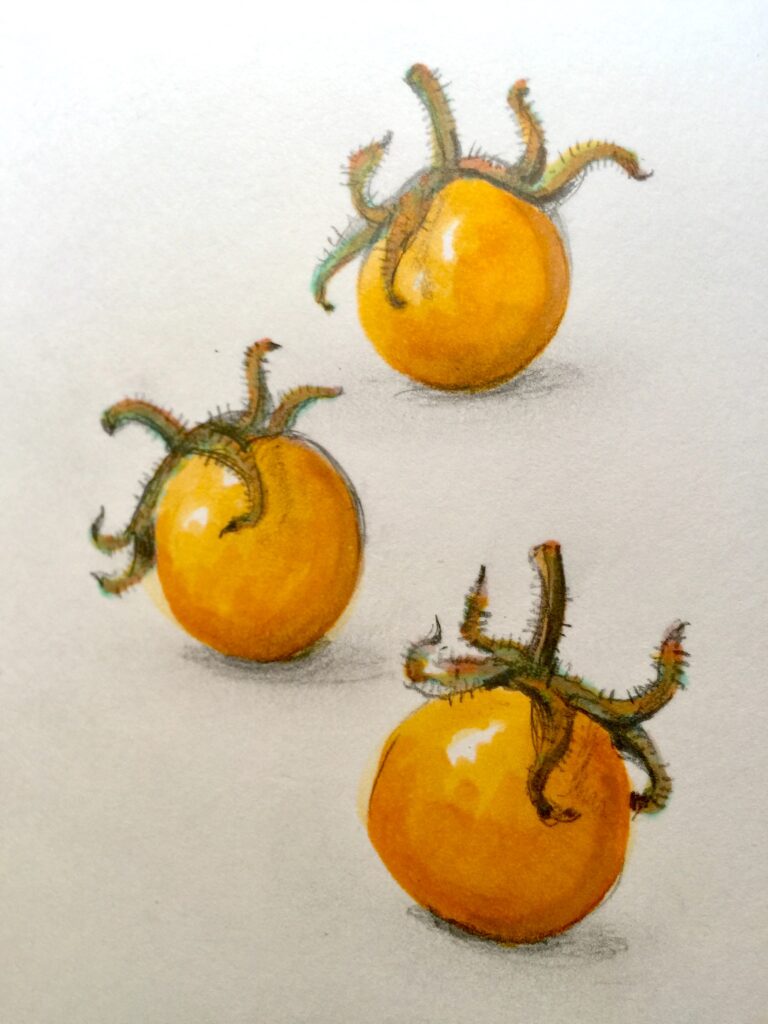
Here at TNT we are fans of sungold, a beautiful orange cherry tomato, and the aptly named chocolate cherry, a weirdly brown/mauve variety that isn’t much for looks but is delicious to eat.
The key to successfully growing tomatoes in containers is to use large, deep containers—at least five gallon, and 10 gallon, if possible—and to use good quality potting mix with plenty of compost and mulch.
Beefsteak and other big slicing tomatoes are generally happier in the ground. Gopher barriers can help prevent subterranean depredations—nothing is more infuriating that watching a carefully nurtured plant vanish into the earth.
All tomatoes, even the small “patio” varieties, need space: don’t be tempted to plant more than one plant per pot, and leave at least two feet between plants.
It’s a good idea to plan ahead and add a support for the tomato plant to climb at the same time the seedling is planted out, and to keep up with the plant’s rapid growth, tying up the vines as they grow, so the fruit have enough support.
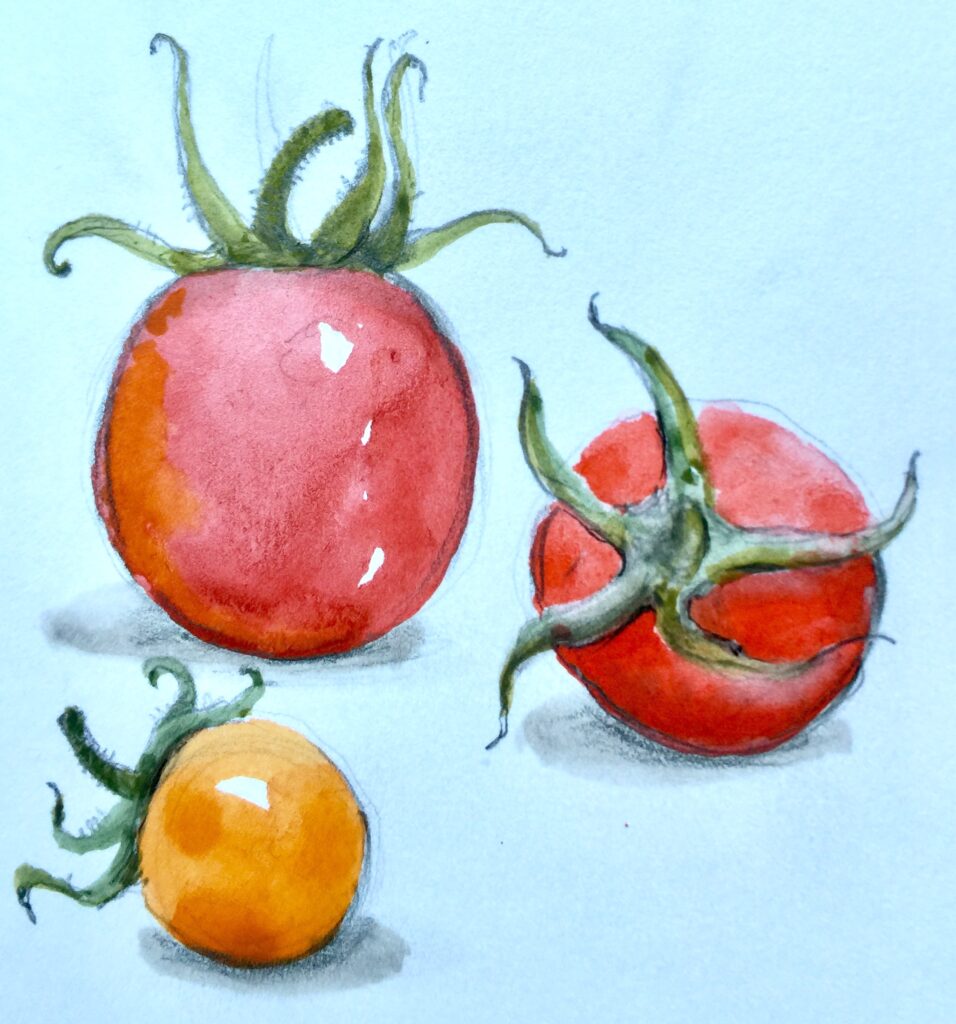
Topanga gardeners who share their gardens with rabbits and other wildlife might want to consider installing temporary fencing around their plants, with chicken wire and stakes, or placing pots in an elevated location.
Fences won’t keep out the tomato hornworm—the caterpillar stage of the beautiful sphinx moth. Picking the caterpillars off by hand—preferably before they grow to the size of the dragons they somewhat resemble—is the best way to control these insatiable creatures.
Too much sun can burn the developing tomatoes, too much water can cause blossom end rot; not enough results in tomatoes with tough or cracked skins, but with enough care even a single tomato plant can produce pounds of beautiful, tasty tomatoes.
Depending on the weather and how much sun they receive, tomato plants will produce ready-to-eat fruit within 40 to 50 days of planting.
Gardeners in the Santa Monica Mountains have the luxury of planting a second and even a third crop of tomatoes, and when conditions are right, may be able to continue harvesting tomatoes right through the fall and into the winter.
Tomatomania will be at the Tapia Brother’s produce stand at Hayvenhurst and the 405 in Encino through April 15. For more information, visit https://tomatomania.com/tapia-brothers-farm-stand-encino/





